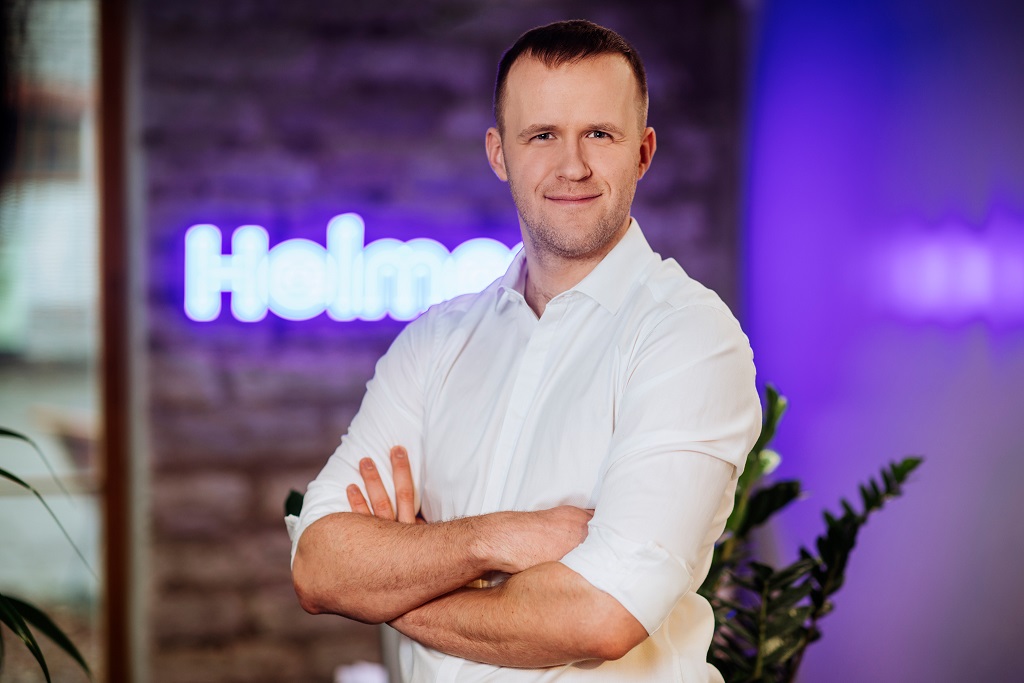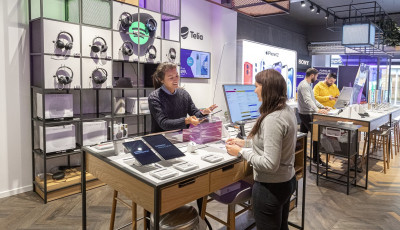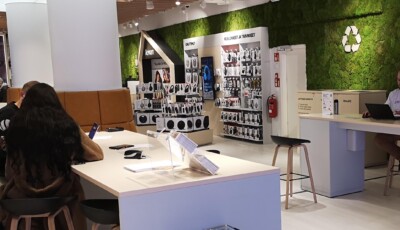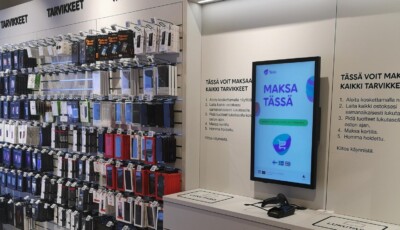Executive summary
The logistics management platform of the telecom company Telia serves as a prime example of a project that has been delivering business value for the client for more than a decade. The first versions of the Common Outbound Logistics Tool (COLT) launched more than 10 years ago, and the system has undergone continuous development since then, becoming one of the key components of the Telia group’s IT ecosystem.
This platform optimizes and harmonizes supply chain and logistics-related processes, meeting the needs of different business segments and markets. It is used across the five countries where Telia operates: Sweden, Norway, Finland, Estonia, and Lithuania.
The platform’s primary business value is its efficient logistics management, but it has organically evolved to support a variety of other services. Over time, the value that this solution provides has only increased, thanks to the ongoing development and optimization for the different countries and the various business segments in which the Telia group operates.
Sustainability is a guiding principle throughout the entire project, influencing everything from technological choices to the overall development process. The platform significantly contributes to Telia’s ambitious sustainability goals, which are firmly integrated into the company’s strategy.
Meet the customer
As the leading telecom service provider in the Nordic and Baltic countries, Telia Company serves 25 million customers in the region by providing essential digital infrastructure and digital services.
The partnership between Telia and Helmes spans more than two decades, during which we have collaborated on several business-critical IT systems.
The challenge
In the early 2010s, Telia recognized the need for a unified logistics platform across the organization to streamline supply chain-related processes in all its markets, which were using various Enterprise Resource Planning (ERP) systems at the time. This new system was also intended to support the rapidly growing e-commerce business by improving the logistics of online sales.
Helmes had previously built a logistics module for Telia Estonia and was assigned the task of creating a group-wide system called the Common Outbound Logistics Tool (COLT), which was gradually implemented across the group’s markets.
How it works?
The COLT platform enables Telia to streamline and enhance business processes while effectively managing logistics for different services, sales channels, and markets. It is designed to support a wide array of services that Telia provides to its customers, including SIM card management, smart devices, and broadband connections.
The platform monitors stock availability across all warehouses and stores, providing real-time communication with the Point of Sale system in both e-commerce and physical locations, as well as other sales channels like resale partner systems and customer care systems. If a customer wants an item that is not in stock in the central warehouse, the system will automatically locate the nearest store with the item and arrange for dispatch. It also optimizes delivery routes and times to ensure prompt service.
COLT allows Telia to oversee the delivery times and service quality of its logistics partners, facilitating continuous improvements in their logistics services. The platform also provides end customers with real-time access to their order status, while a communication module manages client notifications regarding their orders.
For more information about the platform’s features, read: Building Logistics Management Software that Contributes to Sales Growth
How we have built COLT using sustainable software principles
Building software sustainably involves more than just making the right technological choices. Here’s what we have learned about sustainable development from our collaboration with Telia:
- Trust between a client and the development partner, along with the client’s early involvement in the process, is crucial for success. However, the development partner must have the integrity to challenge the client when necessary. At Helmes, we are willing to sacrifice some revenue to ensure that we build the right solution in the most optimal way. This approach is an essential part of our sustainable software philosophy.
- Sustainability is about efficiency. The architectural design of the system has been designed to minimize waste, which includes avoiding unnecessary heavy third-party plugins. Sometimes, achieving efficiency is as simple as turning off all test environments during nighttime.
- Sustainability involves building things with a broader perspective in mind. It’s essential to conduct constant evaluations to ensure that the system meets both current needs and anticipates future demands and trends. Continuous optimization should be an integral part of regular development.
- Sustainability requires upgrading software. Currently, we are using .NET 8, and one of the reasons for this upgrade was the 30-50% performance improvement and energy reduction compared to .NET 7.
- Sustainable software development involves making thoughtful technological choices and minimizing data storage. This approach is partly driven by GDPR compliance. Still, it also includes the use of smart models and automated cleanup processes that ensure only the necessary data needed for business decisions is stored without using excessive resources.
- As a development partner, it is essential to avoid getting swept up in technological hype. Instead, the primary focus should be on the system’s efficiency and ease of use. This approach will lead to lower maintenance costs, as efficiency is inherently linked to cost savings.
Work with us
Helmes has more than 30 years of experience providing custom development services to clients in the telecom industry. If you are seeking a development partner, we’d be happy to hear from you.
Interested in more? View our other Telia case-studies
- How Telia’s new after-sales service tool supports the company’s sustainability goals
- Telia supply chain management information system
- A look at our telecom projects
Get in touch





